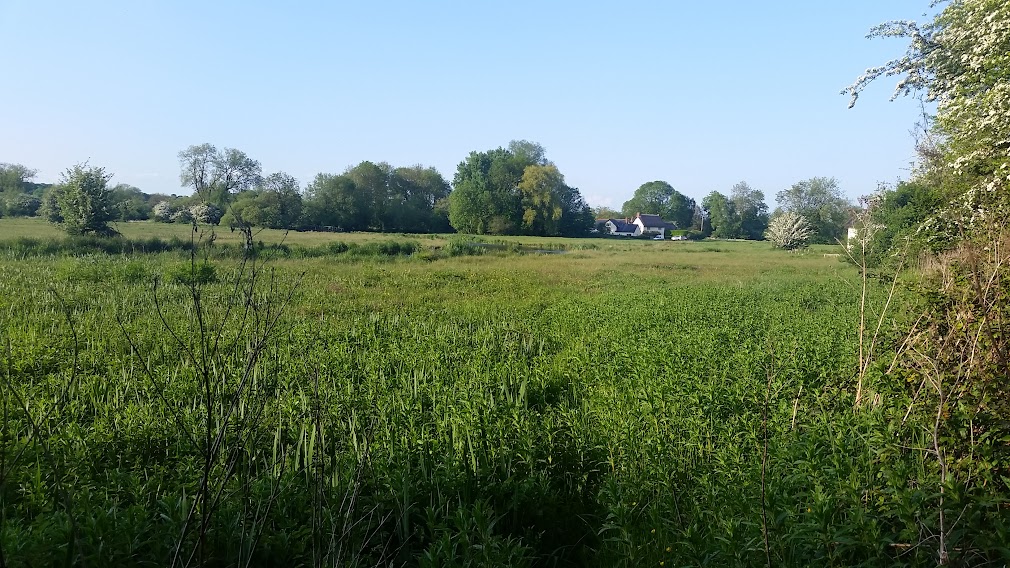Harvest 2022 and a stressful year
Harvest 2022 is an unprecedentedly early harvest, and would ordinarily be the only feature of a year like this. However, this has been an extraordinary year in so many other ways.
The price of fuel, fertiliser, and other inputs has increased almost exponentially. Labour supply for some has also been an impossible conundrum.
War, famine, pestilence, and government policy
OK, so the title might not be entirely accurate, but hey clickbait.
Seriously though, the challenges have been immense. Covid helped to bring about a monumental increase in the prices of all agri-chemicals, especially fertilisers because of the mothballing of various chemical plants. The invasion of Ukraine was a shock to an already volatile fuel and energy market, with skyrocketing prices.
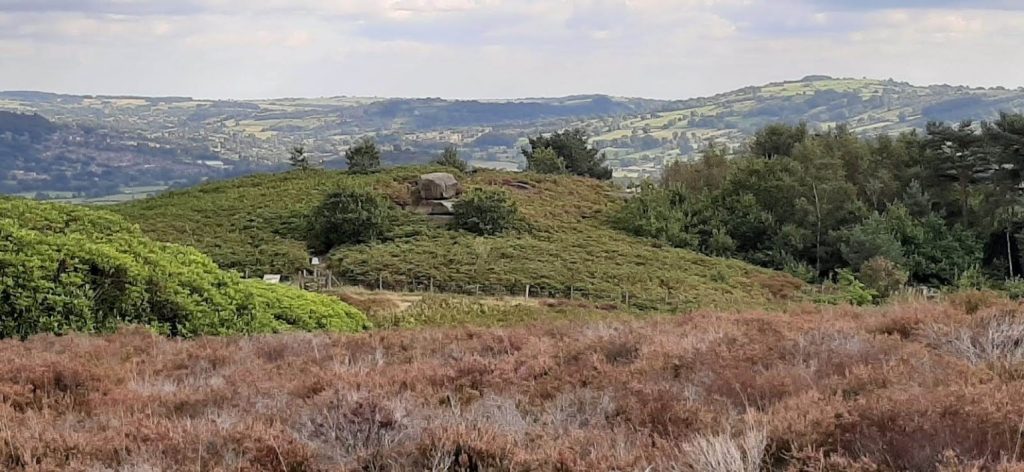
Fertiliser and fuel – remortgage to grow food
Nitrogen, a key fertiliser for most crops has seen an increase in the price of over 150%, from £320/tonne to £850/tonne from 2021 to 2022.
Fuel as we all know has increased massively, significantly driven by the war in Ukraine. Prices rose from about £1.20 June 2020 litre to nearly £2.00 litre 2022. Red diesel has seen similar increases, plus the government’s somewhat ridiculous changes to the law regarding the allowable uses of Red diesel.
Farming is also exposed to the increases in the price of Gas and Electricity just like the rest of the country, the saving grace being that Harvest 2022 being so dry has meant massive savings on needing to dry and process the grains.
These are just a few of the financial burdens that have exponentially increased.
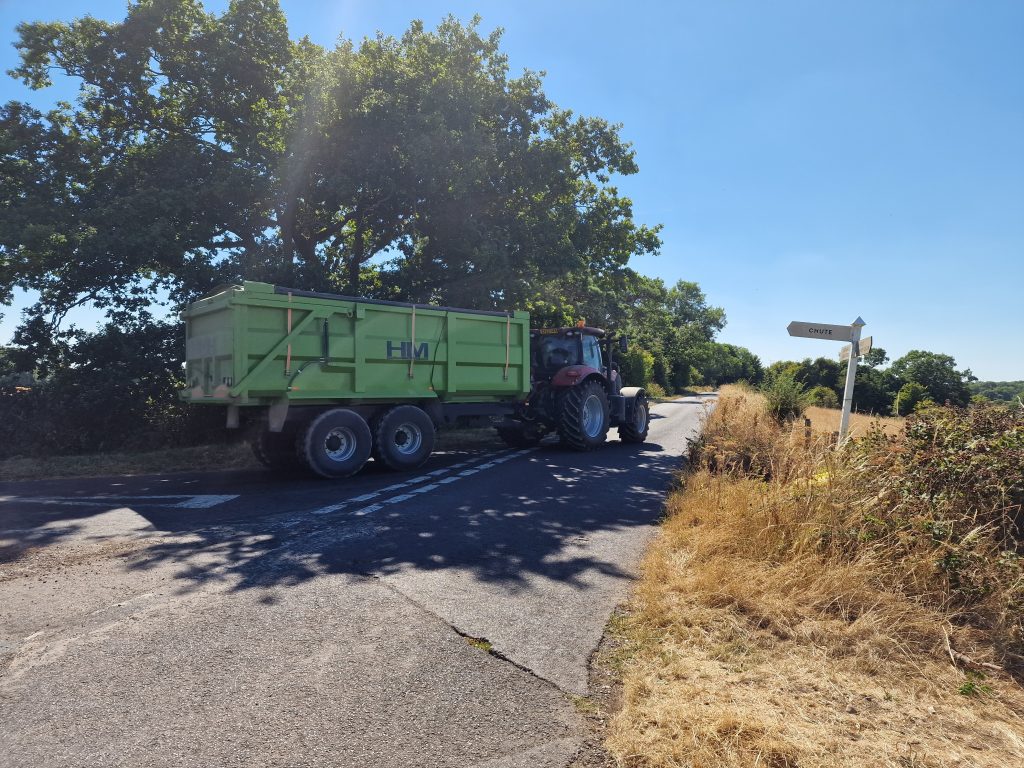
Price of wheat and barley, the war in Ukraine
First, I cannot think of a single farmer that is not disgusted by Russian aggression in Ukraine. Deep upset at the pictures of the war against civilians and farms alike. Fields full of cluster bombs, crops on fire, grain handling facilities destroyed, workers joining the military and scarcity of fuel and fertilisers.
There has also been joy and pride at seeing Ukrainian farmers stealing Russian tanks, artillery, and munitions. Why do I mention this? The price of grains.
Whilst we may not import much in the way of grain in the UK, we grow up to 80% of the grain we use domestically. The balance is often hard kinds of wheat from Canada and the USA for bread.
Ukraine is regarded as a bread basket like the USA and Canada, for middle eastern and African countries, and this has had a big effect on international grain prices.
Ever since the repeal of the Corn Laws in 1846, we have been in an international market. Brexit has little influence over this because the market for grain is bigger than the EU – the market is international, and food finds a way. We are bound by international prices.

Anyway, I mention this because the appalling situation in Ukraine has put pricing pressure on the cost of grains. Wheat today is currently about £260 a tonne, about £100 a tonne more than this time last year (from a high of upto £350 tonne in may 2022). See Cereals and Oilseeds market*. Other produce has seen rises: notably oil seeds like Oil Seed Rape (OSR or Canola) and Sunflowers. *N.B – True at the time of research, probably inaccurate within minutes.
Changes to farming techniques and practices
Contrary to what would seem to be the urban mindset, climate change is very much in the minds of many farmers. They are deeply affected and concerned by climate change. Not just because farmers are educated, but because of the direct impact it is having and will have, on farming, crops and the land.
Similarly, there are many that acknowledge that biodiversity, natural habitat, trees, hedges, watercourses, and wildlife in general, are vital not just to agriculture, but to our continued existence.
Regenerative practices, low input or conventional farming
This is what I find the most interesting. A long pre-amble setting out the current situation might not seem to indicate this, but it was to set the scene of the stressors that farming experiences. So, some vague definitions.
Conventional farming
Not sure what else to call it. Essentially the policy post-war of aiming for self-sufficiency at any cost.
More, more, more.
Increase the yield the mantra: this requires more machinery, more land, more fertiliser, more herbicide, and more insecticide.
More inputs equal more outputs.
Ever more land was obtained by removing trees, hedges, and wild patches.
The dark arts of the agronomist inform the farmer of the optimum level of additives to maximise yield. Herbicides to kill competitive weeds that reduce yield. Insecticides to kill aphids and slugs that damage plant growth and reduce yield. Maximum levels of fertiliser to get maximum yield.
And it worked.
We enjoyed plentiful food, the yield ever increased, and the granaries were full. But at what cost?
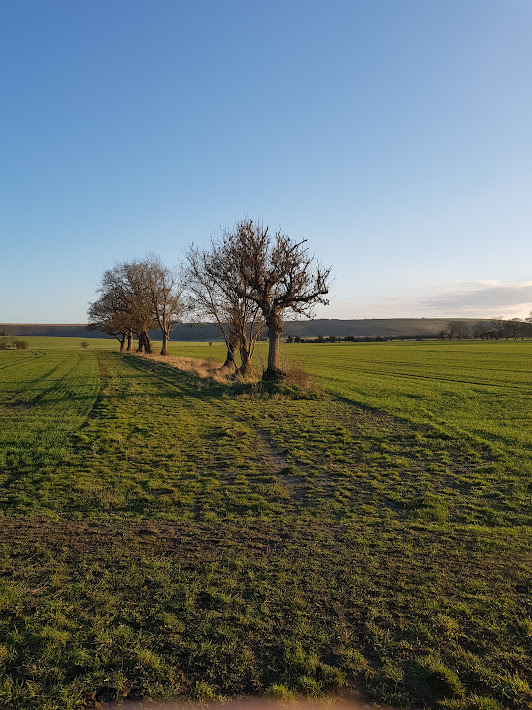
Low input farming
If I were to be slightly disparaging, this is a method of farming that concentrates on reducing the cost involved with farming.
Reducing the amount of fuel, electricity, fertilizer, herbicide, insecticide, fungicide and even labour. However, it is often better represented under the umbrella of regenerative farming (see below).
Reducing these inputs may have a negative impact on yield, but not necessarily quality. More importantly to the farmer, who is a business and not a charity, the drop in yield is minor compared to the reduction of inputs. The bottom line is, that it is more profitable, and less exposed to risk.

Regenerative farming
Constant cropping of the land without any care for the soils will soon result in no cropping at all.
Nutrients will be used up. Carbon (humous) is degraded and gone resulting in the loss of soil structure. Because of this, the soil will not be able to hold water and nutrients or resist wind and rain. In short, it results in a Dustbowl.
This is why perhaps low input farming will always tend to be regenerative – however, regenerative might not be low input.
Regenerative farming focuses on Topsoil regeneration. This is so very important: all human life depends on this thin, brown layer. Without good soil, there is no food.
Min-till and no-till farming
This pretty much describes itself. Instead of ploughing, harrowing and rolling following harvest, the new crop is directly drilled in. Min-till and no-till farming can be framed in terms of soil health, and there is a compelling case, but there is also a massive saving to be made on Fuel, labour and machinery costs (wear and tear). I have no doubt that for some the reduction in costs has been a motivational factor in changing to this technique, however, with the drought conditions this year the extra benefit has probably been improved soil health and better-rooted crops.
Notwithstanding the benefits, it seems that many are still missing out on the benefits of zero tillage. It is worth mentioning that new equipment can be required to change to this method, different seed drills are required as a minimum.
Intercropping and companion crops
Intercropping and companion crops are not that new compared to no-till. It’s been a subject considered within the more specialised realms of horticulture, smallholders and allotment gardeners for some years. However, it is only now attracting more attention in mainstream agriculture.
There are many permutations to intercropping and companion crops, and many pages could be written upon this, and indeed have been.
In its simplest form, it’s having two or more plants in the same location that are beneficial. The companion beneficial to each other as cash crops, or beneficial to the main cash crop.
This can vary from being a sacrificial crop to attract pests away from the main crop, to supplying the main crop with nutrients that it cannot easily access.
The picture shows Oil Seed Rape (OSR) or Canola Companion cropped with Buckwheat and Fenugreek. I do not know what the yield was like (I should ask), but the crop looked well throughout the year and seemed to resist the wet weather of winter and the drought of summer. It was direct drilled after a grain crop.
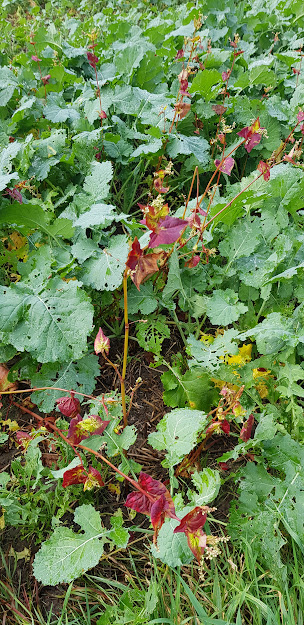
Catch crops, Cover Crops, soil conditioners and green manures
In a horticultural or market garden setting these are slightly more distinct than that of commercial farming.
Catch crops are crops that can be inserted between main crops. Typically fast-growing, and maybe of lesser value they might not figure significantly in farm finances but can help the balance sheet. In the case of commercial farming, the only real catch crops might be those for animal forage or silage production.
As for Cover Crops, soil conditioners and green manures, they all have pretty much the same aim. Keep the soil in use, absorb nutrients that might be lost or washed out and increase biomass.
There are other benefits, Some plants increase nutrient availability. Legumes increase nitrogen in the soil by fixing it from the air. Others introduce valuable minerals drawn up from deep down via long tap roots, and some condition the soil by the root action breaking up compacted or heavy soils.
All help reduce unwanted weeds by acting as ground cover. More specialised mixes and be used as rotational breaks, and even be used as a deterrent against certain pests.
There are also numerous environmental benefits too – but I think that in itself could be a whole other article.
The All Thing Rural has a great page listing assorted seed mixes for the Cover Crops that gives an insight into the blend available and their purposes. (N.B. Not a sponsored link or paid advert, nor an endorsement – just a nicely laid out list of things available as a good example of what is available).
Animals – the return of mixed farms?
I’m not going to cover it here, as the use of animals in regenerative farming is in itself a weighty subject. However, it would be remiss not to mention that for many the inclusion of grazing. For some, as part of regenerative farming and low-input farming, grazing is becoming increasingly necessary. So necessary that there are sheep farmers lending sheep to arable only farms as there is an immense benefit to both farms.
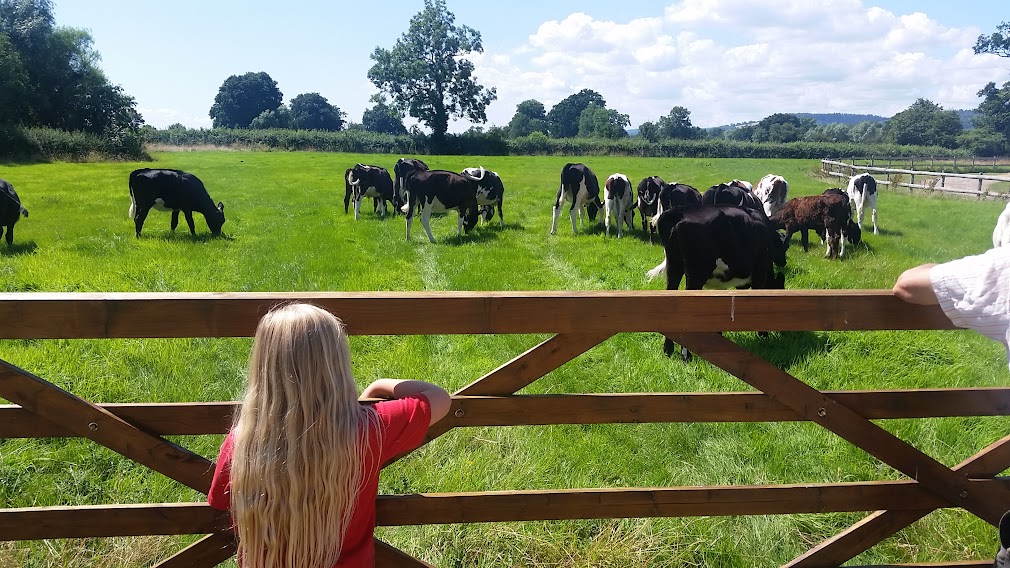
Evolution not revolution
Whilst the input price shocks this year have caused consternation, thankfully not all have been unprepared. It is true that not everyone is on board with regenerative or low-input farming but many are. This has produced a knowledge base and skill set that is being shared.
Harvest 2022 – summary
Early results seem to indicate that those already practising regenerative techniques have faired well this year, with good yields and good quality. Most notable about Harvest 2022 is that is also massively early with some finishing their harvest before they have even started in previous years.
It cannot be highlighted enough that the indications are that many farms have faired well with the enforced reduction of inputs especially those who have started to pursue regenerative type techniques.
The year ahead
One thing that already seems to be a giving is the continued financial pressure on the farming sector.
The price of Agri-chemicals is slated to rise massively again in the forthcoming year, and even if they don’t the price is still elevated.
Similarly, there seems to be little prospect of relief on fuel and power costs.
However, with constantly changing and improving methods it is possible that farming can still be potentially profitable. It also has the potential to provide food for the nation, improve the natural environment and increase biodiversity.
Disclaimer, and a request – Harvest 2022
I hold my hands up – I’m a rank amateur in this area of expertise. I am trying to catch up with current developments and techniques, and suspect I’m not alone in this regard.
In this blog post, I merely write as I find the subject fascinating, want to get others interested in the matters at hand and acknowledge its importance.
If you have knowledge of any farming matters and would like to share that knowledge I would be very happy to have contributions to this website. I am always seeking people to write on subjects they are passionate about or have a good knowledge of.
Please feel free to contact me if this is something that might interest you.
